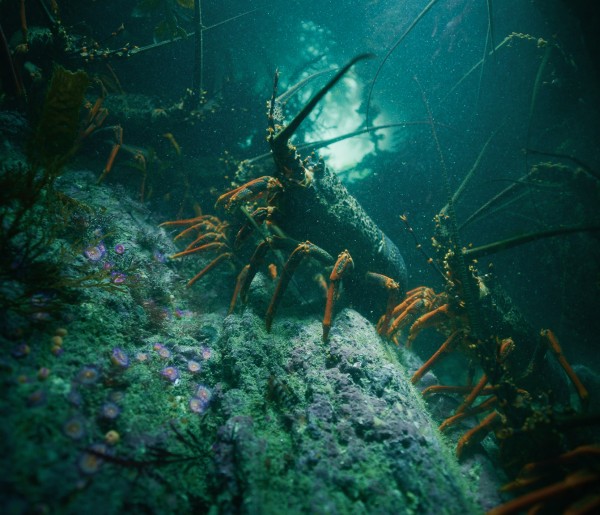Kōura or Southern Rock Lobster (Jasus edwardsii) has been a highly valued source of food for as long as Ngāi Tahu have lived in Te Waipounamu. With its dark red shell and bright orange legs, kōura is a prized catch. Its sweet, succulent flesh is regarded as a delicacy. For traditional gatherings and special occasions, kōura is often the centerpiece of the meal. This is especially true when hosting manuhiri (guests).
Off New Zealand's south-west coast, snow-capped mountains and rugged coastline give way to fiords and ocean that are undisturbed by human habitation. Kōura live in underwater rock contours along this coastline in waters 20 to 30 metres deep. The lobsters are captured live in this environment and will be kept in seawater tanks before being carefully packed into insulated containers for export, enabling them to reach their destinations in markets around the world in the freshest condition.
In addition to live kōura, Ngāi Tahu Seafood also supplies frozen whole lobster.
Kōura are not suitable for farming, so it is important that the harvesting of this delicacy is carefully managed so the species continues to thrive in the wild. Fishers are limited in the amount they can catch each season and lobsters that are too small or carrying eggs are returned to the ocean. This responsible approach ensures kōura will be available for generations to come.
